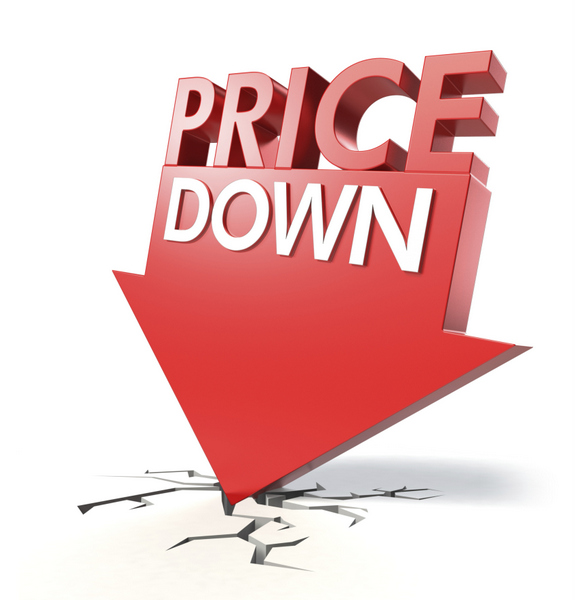When it comes to business reputation and building a loyal customer base, offering lower prices to your customers for as many products as possible is one of the best ways to bring in more business. The initiative is not only reserved for world-class companies. Today, businesses of all sizes can give back to customers in the form of lower product prices.
Doing so will increase your revenue and satisfied customers are likely to share their good experiences that they had – word of mouth recommendations would be very valuable for your business. Realize your business is your customer, rather than your product.
Keeping all this in mind, here are some ways to lower product prices:
Co-opetition
Find other business owners in your industry and collaborate with them to purchase more supplies together and save money. This essentially means that you can form alliances with other companies in your industry to reduce the cost of supplies that are essential for product development.
This trend is termed as ‘co-opetition,’ which is practiced even by Oprah Winfrey, and it’s one of the fastest rising trends in the business world. Forming these partnerships won’t cut you short if you can save yourself some money and pass on the benefit to the customer. This is also a great way to buy in bulk if you’re a small business that can’t afford bulk purchases.
Look for incentives and tax credits
ADP.com says that as a business expands, consolidates or improves, it may want to monetize available development incentives as well as tax credits. This can effectively reduce your business cost and allow you to lower product prices. Billions of dollars in tax savings and incentives are available nationwide.
As it can be often difficult to capture and identify all available business incentives, businesses can take advantage of specialists and companies that have dedicated practice focused exclusively on maximizing incentive and tax credit capture. Some companies may also be able to show you tax opportunities available during recruitment of new employees.
Remove unnecessary features
Custom development costs more to manufacture than mass-produced items, and the expense of product development rises for any non-standard feature that becomes an additional step in the production process. You can conduct a customer survey to find what features they are likely to use and what features they are likely to neglect.
Also, examine the motives of your customers when they purchase products. Do they buy for a unique look, or for some other reason? By finding out what they consider important, you can track and target elements which are not as important as bringing down the cost and ultimately price is.
Consider supply discounts
When you receive supplies on your own schedule rather than the supplier’s schedule, you incur additional costs in excess inventory. Instead, enabling suppliers and vendors to deliver supplies on their cycles, rather than your own schedule, can result in discount pricing. Also, some vendors may be looking to dump inventory because of spoiled banking relationships.
In order to decide the most suitable method, consider the cost of delivered goods, and the impact of each delivery method on your internal schedule and product processes. If the discount received by following the supplier’s schedule is more than the expenses you’ll incur with your internal schedule, use the supplier’s schedule.
Article Submitted By Community Writer.





